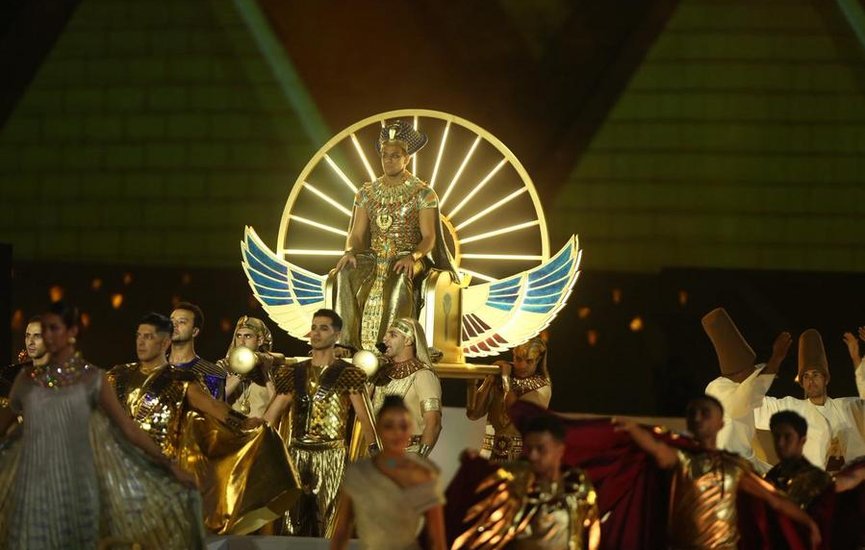Egypt has officially opened the Grand Egyptian Museum (GEM), a landmark cultural institution poised to transform the country’s tourism landscape and invigorate its economy. Situated on the Giza Plateau near the iconic pyramids and the Sphinx, the museum stands as the world’s largest dedicated to a single civilization. After more than two decades of planning and construction, the GEM now houses over 50,000 artifacts, including the complete collection of treasures from the tomb of King Tutankhamun, many of which are being displayed publicly for the first time. The museum’s scale, design, and historical significance make it a global attraction, drawing attention from scholars, tourists, and cultural enthusiasts alike.
The $1 billion project is more than a tribute to Egypt’s ancient heritage; it is a strategic investment aimed at reviving the country’s tourism sector, which has faced significant challenges over the past decade due to political unrest, the COVID-19 pandemic, and regional instability. By showcasing Egypt’s rich history in a modern, immersive setting, the GEM is expected to attract millions of visitors annually, generating foreign currency inflows and helping stabilize the Egyptian pound. Its proximity to the pyramids enhances its appeal, creating a comprehensive cultural experience that blends ancient wonders with cutting-edge exhibition technology.
The museum offers a dynamic visitor experience through interactive displays, augmented reality features, and educational programs designed to engage audiences of all ages. Its opening ceremony was attended by dignitaries, cultural figures, and international guests, underscoring Egypt’s ambition to position itself as a premier global destination for heritage tourism. The GEM not only celebrates Egypt’s past but also signals its readiness to embrace the future through innovation and international collaboration.
In tandem with the museum’s launch, the Egyptian government is promoting broader development initiatives, including infrastructure upgrades, hospitality expansion, and strategic partnerships. These efforts aim to support the anticipated tourism boom and ensure that the benefits of increased visitor traffic extend across sectors. The Grand Egyptian Museum stands as a beacon of national pride and a catalyst for economic growth, offering a compelling blend of history, technology, and opportunity that redefines Egypt’s place on the world stage.
